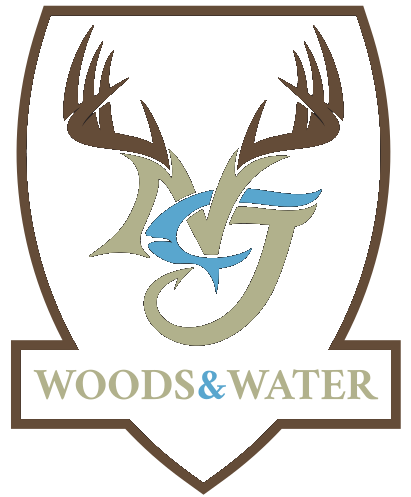-
Recently Browsing 0 members
- No registered users viewing this page.
-
Upcoming Events
Upcoming Seasons
No upcoming events found
Latest Fishing Reports
1By Sea Tiger II
Started
2023-2024 New Jersey Hunting and Trapping Digest
2024 Youth Turkey Hunting Contest
2024 Adult Turkey Hunting Contest
Today's Birthdays
-











Recommended Posts
Create an account or sign in to comment
You need to be a member in order to leave a comment
Create an account
Sign up for a new account in our community. It's easy!
Register a new accountSign in
Already have an account? Sign in here.
Sign In Now